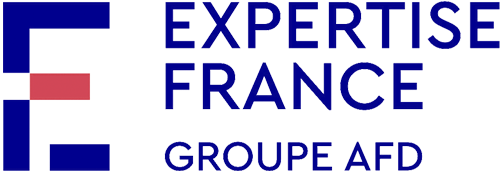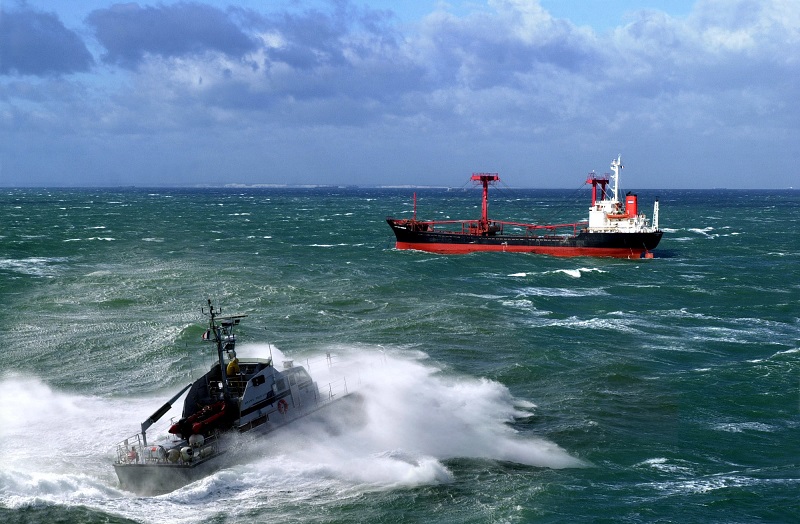The fight against financing human trafficking: public actors face the challenge of effectiveness (2/4)
Mapping the risks
The first key issue: identifying the crossover of risks between money laundering, terrorist financing and human trafficking. It is a complex problem as trafficking involves many situations: prostitution and other forms of sexual exploitation, forced labour, exploitation of begging, organ trafficking… Identifying the risks therefore requires having a good understanding of how trafficking networks operate. These networks involve a whole host of actors, especially when it is transnational. For example, in West Africa, the work of GIABA presented by Mariame Ibrahim Touré Diagne highlights the involvement of not only organised crime groups, but also of the private sector (currency exchange offices, Hawala systems, massage parlours…), and even health facilities that issue false medical certificates and certain diplomatic services. A good mapping is therefore essential to focus operations on sectors or geographical areas where there are the highest risks. But to be useful, it must be combined with financial, human and technical resources.
Money, people and tools
In the African and Middle Eastern countries present at the workshop, the institutional framework for the fight against money laundering and terrorist financing is often established. However, while setting up a financial intelligence unit (FIU) is a first essential stage, it is not sufficient. These specialised units are responsible for collecting financial information and transforming it into evidence to provide input for investigations. They must have the financial, human and technical means to implement international recommendations in the field of the fight against money laundering and terrorist financing (AML/CFT). To be effective, their work requires the support of investigators trained in financial analysis, able to transform the intelligence into judicial evidence. Indeed, a well-conducted financial investigation makes it possible to gather elements that allow the judge to sentence the individuals involved, but also facilitates asset recovery.
Through institutional capacity building, training and awareness-raising, one of the issues of technical assistance is therefore to help operationalise the mechanisms in place to allow them to fully play their role.
Be agile and creative
Furthermore, it must be possible to adapt the response of public actors to the difficulties encountered in a changing field. The arrest and conviction of individuals involved in human trafficking is always the preferable option. But criminal and terrorist groups evolve rapidly and find new ways to manage their transactions by circumventing the regulations in force – for example, by using social networks, cryptocurrencies (such as the Bitcoin), monetised phone credits and crowdfunding. Public actors need to find innovative ways to stop illicit financial transactions. The key idea is to use the country’s laws, but also cooperate with the other actors – both public and private – to find techniques to disrupt the activities of criminal groups, explained Jessica Davis, a consultant at Insight Threat Intelligence.



